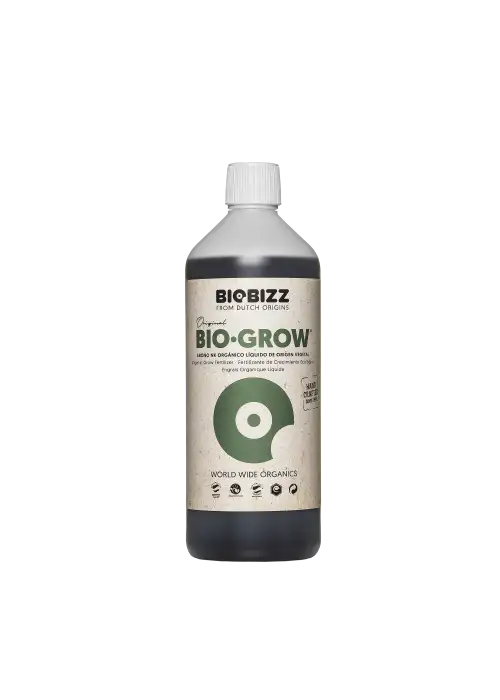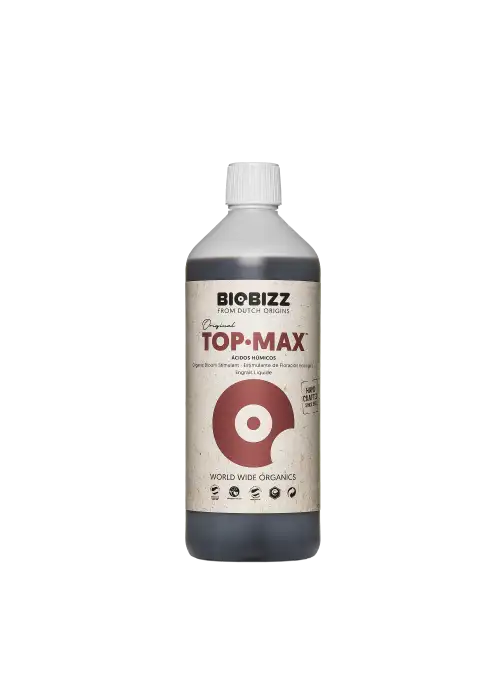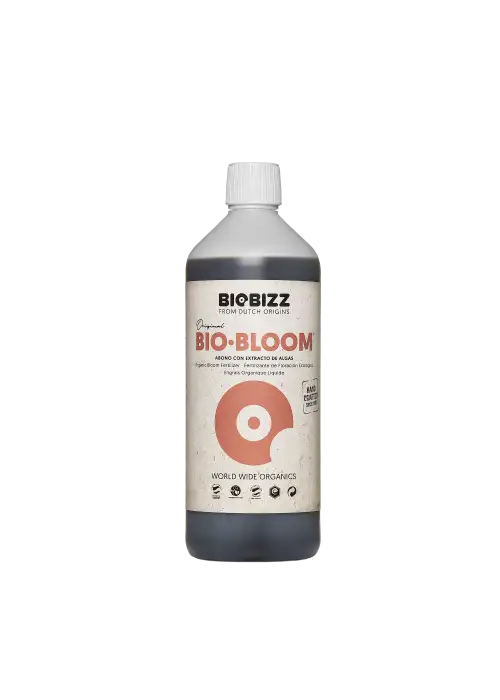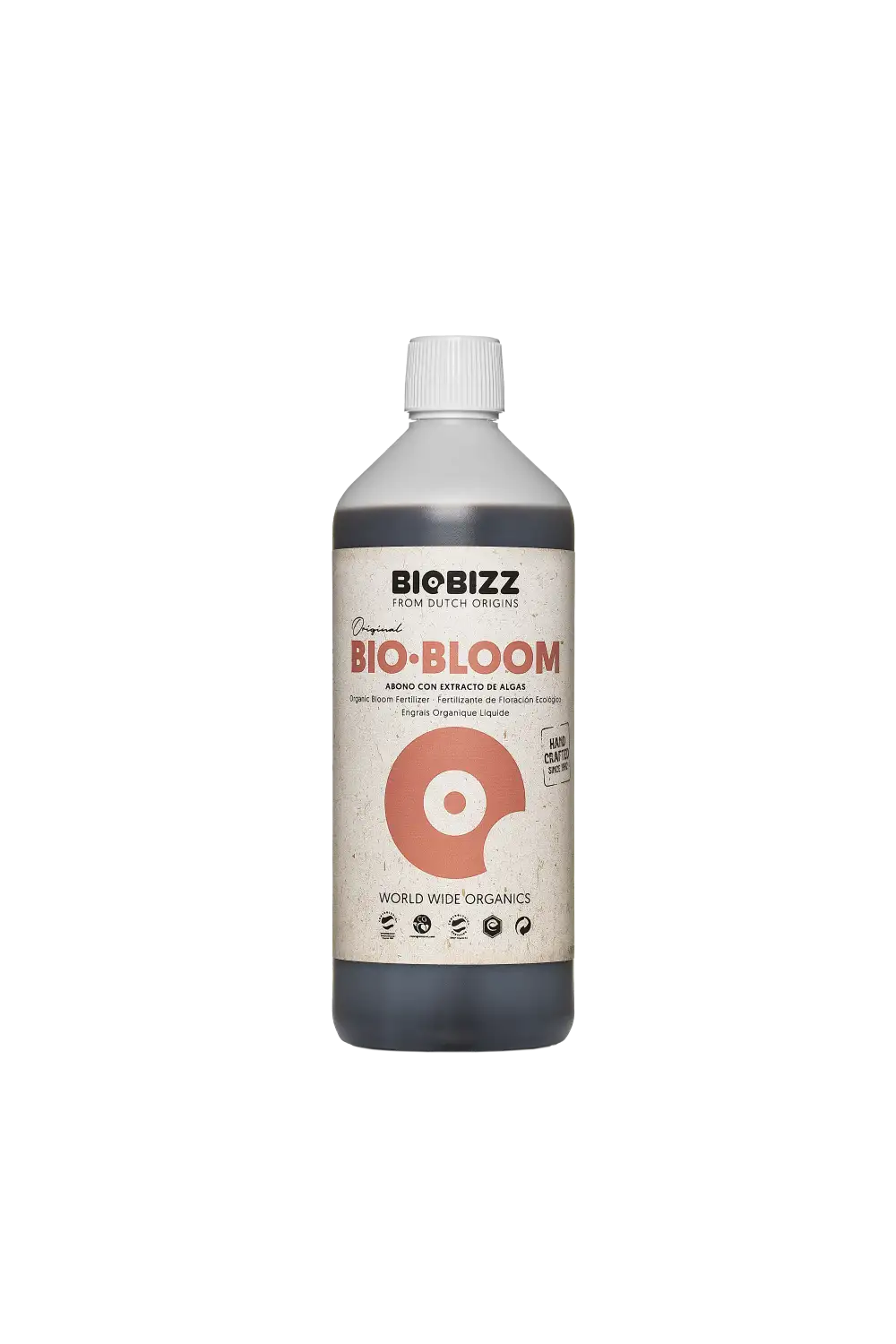The Grow Awards 2026 🏆 


















































RipperSeeds OMG » OUTDR «
Soil
Custom
Perlite
Custom
Outdoor
Room Type
HST
weeks 11-12
Topping
weeks 4, 7
LST
weeks 7-13
25 liters
Pot Size
3 liters
Watering
Start at Harvest
G
Germination3y ago
Trichom420CZ —
2 likes
comments
Share
Used method
Paper Towel
Germination Method
2
Week 2. Vegetation3y ago
4 cm
Height
27 °C
Day Air Temp
6.5
pH
18 °C
Night Air Temp
Nutrients 1

Bio-Grow
1 mll
3 likes
comments
Share
3
Week 3. Vegetation3y ago
10 cm
Height
17 hrs
Light Schedule
27 °C
Day Air Temp
6.5
pH
18 °C
Night Air Temp
0.5 liters
Pot Size
Nutrients 1

Bio-Grow
1 mll
Trichom420CZ Transplated to bigger cup, add some mycorhize.. not so much of sun.
2 likes
comments
Share
4
Week 4. Vegetation3y ago
17 cm
Height
17 hrs
Light Schedule
25 °C
Day Air Temp
6.5
pH
18 °C
Night Air Temp
0.5 liters
Pot Size
Nutrients 2

Bio-Grow
2 mll

Top-Max
1 mll
Trichom420CZ Top up the 4th floor.
2 likes
comments
Share
Used techniques
Topping
Technique
5
Week 5. Vegetation3y ago
25 cm
Height
18 hrs
Light Schedule
30 °C
Day Air Temp
6.5
pH
No Smell
Smell
20 °C
Night Air Temp
0.5 liters
Pot Size
Nutrients 2

Bio-Grow
2 mll

Top-Max
1 mll
Trichom420CZ I topped it succesfull. I have two new colas. Next week i will transplant plant to finish pot.
3 likes
comments
Share
6
Week 6. Vegetation3y ago
25 cm
Height
18 hrs
Light Schedule
30 °C
Day Air Temp
6.5
pH
No Smell
Smell
20 °C
Night Air Temp
25 liters
Pot Size
0.5 liters
Watering Volume
Trichom420CZ I mixed some living organic soil, added down manure and some soil improvement products from biotabs including mycorrhiza, if I don't see flaws, I will only water 6.5 Ph
2 likes
comments
Share
7
Week 7. Vegetation2y ago
30 cm
Height
17 hrs
Light Schedule
30 °C
Day Air Temp
6.5
pH
No Smell
Smell
20 °C
Night Air Temp
25 liters
Pot Size
1 liters
Watering Volume
Trichom420CZ I struggled a little with spider mites and caterpillars of thrips, I sprayed them twice with insecticide and now everything is fine.
I made lST and second top.
3 likes
1 comment
Share
Used techniques
LST
Technique
Topping
Technique
8
Week 8. Vegetation2y ago
45 cm
Height
17 hrs
Light Schedule
30 °C
Day Air Temp
6.5
pH
No Smell
Smell
20 °C
Night Air Temp
25 liters
Pot Size
1 liters
Watering Volume
Trichom420CZ Everything is good.
Very hot this week, about 32 degrees °C
3 likes
comments
Share
Used techniques
LST
Technique
9
Week 9. Vegetation2y ago
40 cm
Height
16 hrs
Light Schedule
30 °C
Day Air Temp
6.5
pH
No Smell
Smell
20 °C
Night Air Temp
25 liters
Pot Size
1.5 liters
Watering Volume
2 likes
comments
Share
Used techniques
LST
Technique
10
Week 10. Vegetation2y ago
50 cm
Height
16 hrs
Light Schedule
30 °C
Day Air Temp
6.5
pH
20 °C
Night Air Temp
25 liters
Pot Size
1.5 liters
Watering Volume
2 likes
comments
Share
Used techniques
LST
Technique
11
Week 11. Vegetation2y ago
45 cm
Height
15 hrs
Light Schedule
26 °C
Day Air Temp
6.5
pH
No Smell
Smell
20 °C
Night Air Temp
25 liters
Pot Size
1.5 liters
Watering Volume
Nutrients 2

Bio-Grow
2 mll

Top-Max
2 mll
3 likes
2 comments
Share
Used techniques
LST
Technique
HST
Technique
12
Week 12. Vegetation2y ago
50 cm
Height
15 hrs
Light Schedule
22 °C
Day Air Temp
6.5
pH
No Smell
Smell
15 °C
Night Air Temp
25 liters
Pot Size
1.5 liters
Watering Volume
Nutrients 3

Bio-Grow
2 mll

Top-Max
2 mll

B'cuzz Silic Boost
1 mll
3 likes
comments
Share
Used techniques
LST
Technique
HST
Technique
13
Week 13. Vegetation2y ago
50 cm
Height
14 hrs
Light Schedule
29 °C
Day Air Temp
6.5
pH
No Smell
Smell
18 °C
Night Air Temp
25 liters
Pot Size
1.5 liters
Watering Volume
Nutrients 4

Bio-Grow
2 mll

Top-Max
2 mll

Bio-Bloom
2 mll
2 likes
comments
Share
Used techniques
LST
Technique
14
Week 14. Vegetation2y ago
50 cm
Height
14 hrs
Light Schedule
29 °C
Day Air Temp
6.5
pH
No Smell
Smell
18 °C
Night Air Temp
25 liters
Pot Size
1.5 liters
Watering Volume
Nutrients 4

Bio-Grow
2 mll

Top-Max
2 mll

Bio-Bloom
2 mll
2 likes
comments
Share
15
Week 15. Vegetation2y ago
60 cm
Height
14 hrs
Light Schedule
29 °C
Day Air Temp
6.5
pH
No Smell
Smell
18 °C
Night Air Temp
25 liters
Pot Size
1.5 liters
Watering Volume
Nutrients 4

Bio-Grow
4 mll

Top-Max
2 mll

Bio-Bloom
2 mll
Trichom420CZ Some bottom leafs went to yellow, so i add 2ml/liter ofgrow nuts more
2 likes
comments
Share
16
Week 16. Vegetation2y ago
60 cm
Height
13 hrs
Light Schedule
29 °C
Day Air Temp
6.5
pH
No Smell
Smell
18 °C
Night Air Temp
25 liters
Pot Size
1.5 liters
Watering Volume
Nutrients 1

Bio-Grow
4 mll
2 likes
comments
Share
17
Week 17. Flowering2y ago
60 cm
Height
12 hrs
Light Schedule
26 °C
Day Air Temp
6.5
pH
No Smell
Smell
15 °C
Night Air Temp
25 liters
Pot Size
2 liters
Watering Volume
Nutrients 3

Bio-Grow
2 mll

Bio-Bloom
1 mll

Top-Max
1 mll
2 likes
comments
Share
Grow Questions
Trichom420CZstarted grow question 2y ago
Hello, i saw some spider mites on leaves on one of colas. I removed infected leaves and izolate cola from the others by tying. I will spray my plant with water on the evening. Can i use chemical products in early phase of bloom?
Open
Other. Bugs
3 likes
Answer
Franco123answered grow question 2y ago
Hi, you can use neem oil which is natural but then you will have to rinse the plant so as not to smell it less or you can try a nettle and chilli tea
likes
Complain
AsNoriuanswered grow question 2y ago
https://www.dragonfli.co.uk/collections/spider-mite
likes
Complain
18
Week 18. Flowering2y ago
60 cm
Height
12 hrs
Light Schedule
26 °C
Day Air Temp
6.5
pH
No Smell
Smell
15 °C
Night Air Temp
25 liters
Pot Size
3.5 liters
Watering Volume
Nutrients 3

Bio-Grow
2 mll

Bio-Bloom
2 mll

Top-Max
1 mll
2 likes
comments
Share
19
Week 19. Flowering2y ago
60 cm
Height
12 hrs
Light Schedule
26 °C
Day Air Temp
6.5
pH
No Smell
Smell
12 °C
Night Air Temp
25 liters
Pot Size
3.5 liters
Watering Volume
Nutrients 3

Bio-Grow
2 mll

Bio-Bloom
2 mll

Top-Max
1 mll
3 likes
comments
Share
20
Week 20. Flowering2y ago
60 cm
Height
12 hrs
Light Schedule
26 °C
Day Air Temp
6.5
pH
No Smell
Smell
12 °C
Night Air Temp
25 liters
Pot Size
3.5 liters
Watering Volume
Nutrients 3

Bio-Grow
3 mll

Bio-Bloom
3 mll

Top-Max
1 mll
3 likes
comments
Share
21
Week 21. Flowering2y ago
60 cm
Height
12 hrs
Light Schedule
26 °C
Day Air Temp
6.5
pH
Normal
Smell
12 °C
Night Air Temp
25 liters
Pot Size
3.5 liters
Watering Volume
Nutrients 3

Bio-Grow
4 mll

Bio-Bloom
4 mll

Top-Max
1 mll
Trichom420CZ She doesnt like cold nights, leafes change color to purple and yellow and than dies. I hope that i will go to finish, but im not a lot optimism.
6 likes
1 comment
Share
22
Week 22. Flowering2y ago
60 cm
Height
10 hrs
Light Schedule
24 °C
Day Air Temp
6.5
pH
Normal
Smell
12 °C
Night Air Temp
25 liters
Pot Size
3 liters
Watering Volume
Nutrients 3

Bio-Grow
4 mll

Bio-Bloom
4 mll

Top-Max
4 mll
10 likes
4 comments
Share
23
Week 23. Flowering2y ago
60 cm
Height
10 hrs
Light Schedule
20 °C
Day Air Temp
6.7
pH
Normal
Smell
10 °C
Night Air Temp
25 liters
Pot Size
3 liters
Watering Volume
Nutrients 3

Bio-Grow
4 mll

Bio-Bloom
4 mll

Top-Max
4 mll
7 likes
1 comment
Share
24
Week 24. Flowering2y ago
60 cm
Height
10 hrs
Light Schedule
20 °C
Day Air Temp
6.7
pH
Normal
Smell
10 °C
Night Air Temp
25 liters
Pot Size
3 liters
Watering Volume
Trichom420CZ One or two last weeks, i started flushing this week. I cut little test sample, without curing taste was brilliant.
6 likes
2 comments
Share
Grow Questions
Trichom420CZstarted grow question 2y ago
Give me a small advice please. This plant would need a week to harvest, but yesterday i saw and cut out small bud with powdery mildew (Erysiphales) and today i cut out some bud rot. will I spoil it a lot if I harvest earlier, today? The sample harvested a week ago was quite good
Open
Other. Mold
4 likes
Answer
m0useanswered grow question 2y ago
If you have WPM and BUD ROT, its a sad day.
Harvest now as its only going to get worse and you have little to no options in flower for treating it.
With WPM and Bud Rot, they are fungi and release spores, the spores germinate when in the right conditions. Mould spores are everywhere at all times, we inhale them they are on us and they are in us. They don't cause much of a problem most of the time, our bodies are not their ideal conditions for growth.
It is true if you see the fuzzy mould or WPM the rest of the tent and plant likely has other spores on it. The fuzzy aspect of moulds are like their fruiting bodies and they then release seeds/spores. The majority of these spores can be neutralized or washed off, but the areas that have an active visually identifiable mass need to be cut out and thrown away.
The whole plant is not trash unless the whole plant is infested.
I suggest you spray some peroxide on the fizzy bits before cutting them out, be generous with your margins. you might only have 1/2 or 1/4 or less of your predicted harvest, but you should not consume the fuzzy bits. For the rest of the plant that is not fuzzy, look up bud washing and add in a peroxide rinse at the end. This will neutralize the majority of the spores remaining and you will need to be adamant about drying them faster then normal. so if any spores do remain they are not given the chance to germinate. One down side to using peroxide is it can really zap all the aromas and smells from the plants. Best to use food grade as well, others have stabilizers and such in them that may linger.
once that's all done use bleach or peroxide and wipe down all surfaces in the tent to neutralize any reaming spores and help prevent them from becoming and issue in your next grow.
or toss it all if you don't care and want it to be easy.
Good Luck!
likes
Complain
Stickyoneanswered grow question 2y ago
Dealing with issues like powdery mildew and bud rot can be challenging, especially when your cannabis plant is close to harvest. Harvesting earlier than planned can be a practical solution to salvage the remaining healthy buds and prevent further mold or mildew from spreading.
Here are some considerations when deciding to harvest early:
Assess the Remaining Buds: Carefully inspect the remaining buds for any signs of powdery mildew or bud rot. If you find more affected areas, it's a sign that the issues are spreading, and an early harvest is a good idea.
Early Harvest Impact: Harvesting a bit early will likely result in buds that may not reach their full potential in terms of size and potency. However, it's a trade-off to preserve the overall quality and safety of your harvest.
Rinse and Trim: After harvest, rinse the buds gently in cold water to remove any remaining spores or contaminants. Then, thoroughly trim away any visibly affected areas.
Drying and Curing: Proper drying and curing processes are crucial to improve the quality of the buds. Monitor humidity levels and maintain good airflow during drying to prevent mold growth. After drying, cure the buds in a controlled environment with burping to achieve optimal flavor and potency.
Preventative Measures: To avoid future occurrences of powdery mildew and bud rot, review your growing environment and practices. Ensure good air circulation, appropriate humidity levels, and maintain cleanliness to prevent mold and mildew issues in the future.
While early harvesting may impact the overall yield and potency of your crop, it's a practical solution to prevent the spread of these issues and salvage the remaining healthy buds. Proper drying, curing, and storage can still result in a satisfying final product. Additionally, learning from this experience, you can implement preventative measures in future grows to minimize the risk of mold and mildew.
likes
Complain
Robertsanswered grow question 2y ago
If you found bud rot, the plant is trash. The spores are in all of it, and very unhealthy to consume. Sorry for the loss. There is no safe method to consume it, especially with bud rot.
likes
Complain
25
Week 25. Flowering2y ago
60 cm
Height
10 hrs
Light Schedule
20 °C
Day Air Temp
6.7
pH
Normal
Smell
10 °C
Night Air Temp
25 liters
Pot Size
3 liters
Watering Volume
Trichom420CZ the fear of mold forced me to harvest gradually so as not to lose the best buds. I will rinse the rest of the flower and harvest it about 10 days later.
3 likes
comments
Share
25
Week 25. Harvest2y ago
Happy Harvest Day!

10/10
Rated
Good mold resistance, some last weeks was rainy with higher RH. But i saw only one small place with mold. Ripper seeds is safety to outdoor growind, i had acid dough last year, next year i will choose zombie kush.
Show more
Translate
Spent 170 days
Ger Veg Flo Har
55 g
Bud dry weight per plant
1
Plants
Normal
Difficulty

Giggly, Happy
Positive effects

Dry eyes, Dry mouth
Negative effects

Depression, Stress
Medical effects

Citrus, Mint, Sour
Taste
Height
Day air temperature
PH
Light schedule
Night air temperature
Pot size
Trichom420CZ Due to the fear of mold, I decided to divide the harvest into two parts so as not to lose the entire crop. The second harvest took place 14 days after the first.
5 likes
3 comments
Share
Equipment Reviews

the end.
Enjoying this diary? Follow for more updates!
Prefer the old Diary view?
Go back to the old Diary view



















































































































